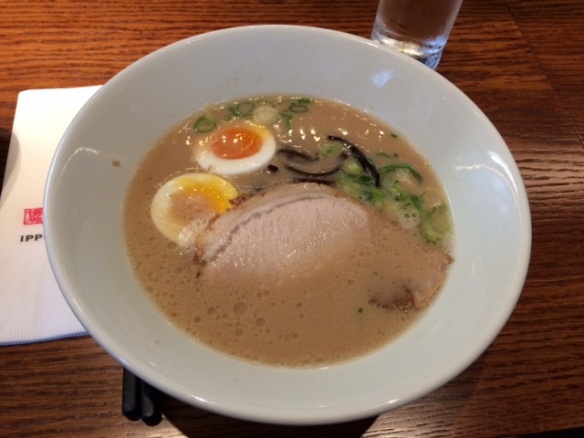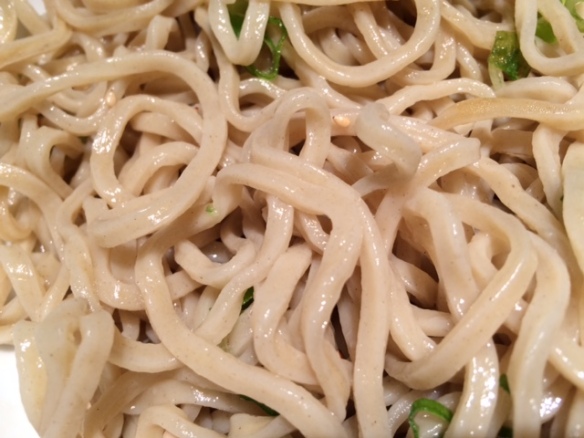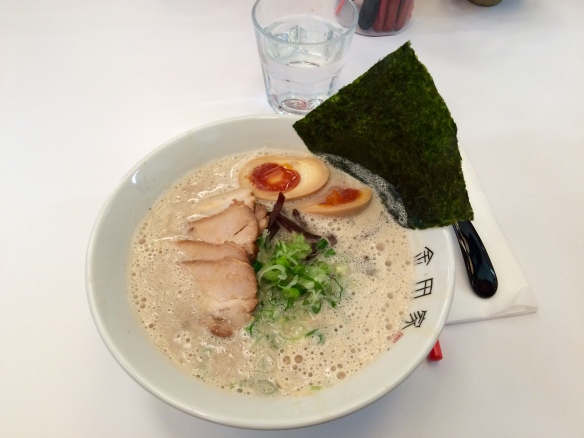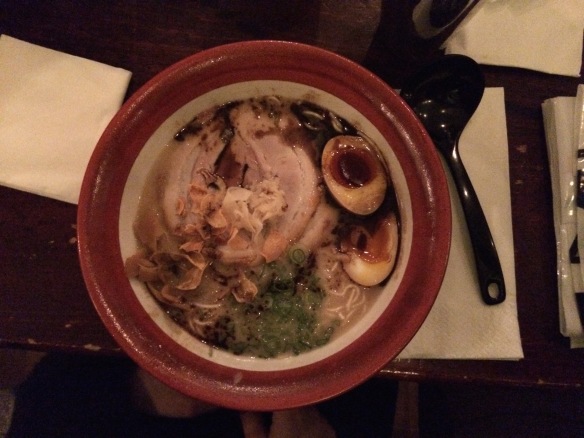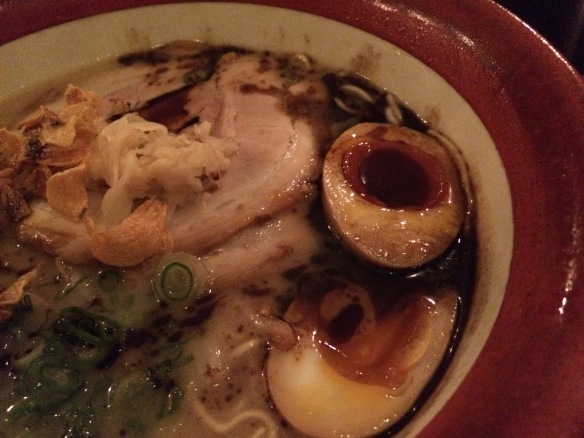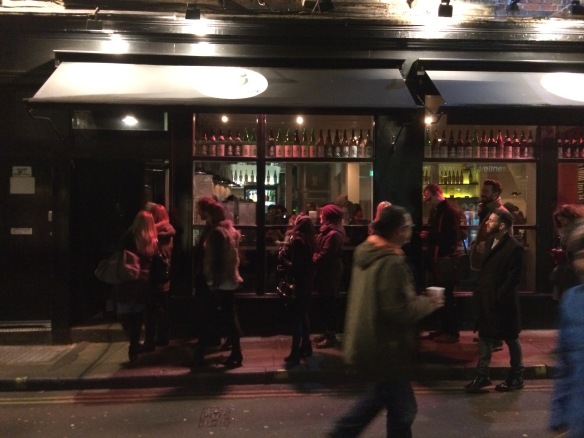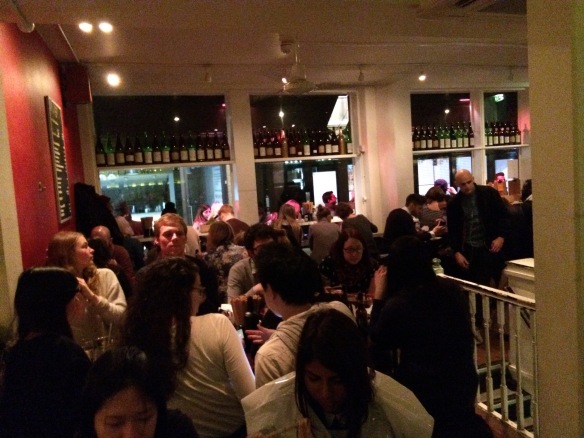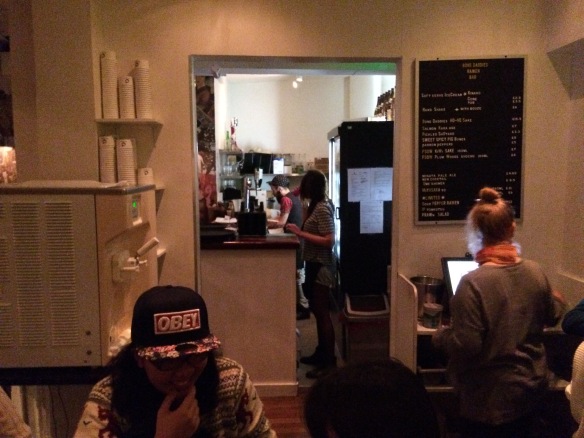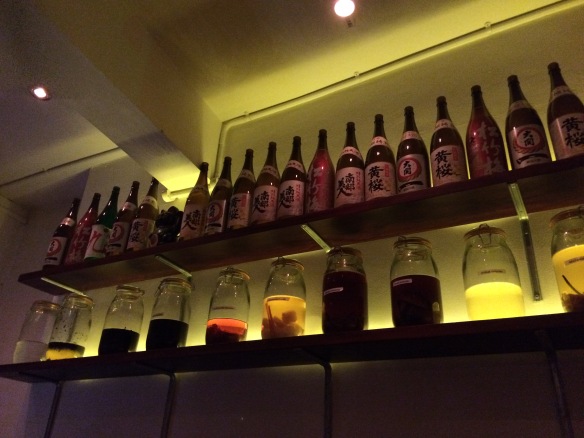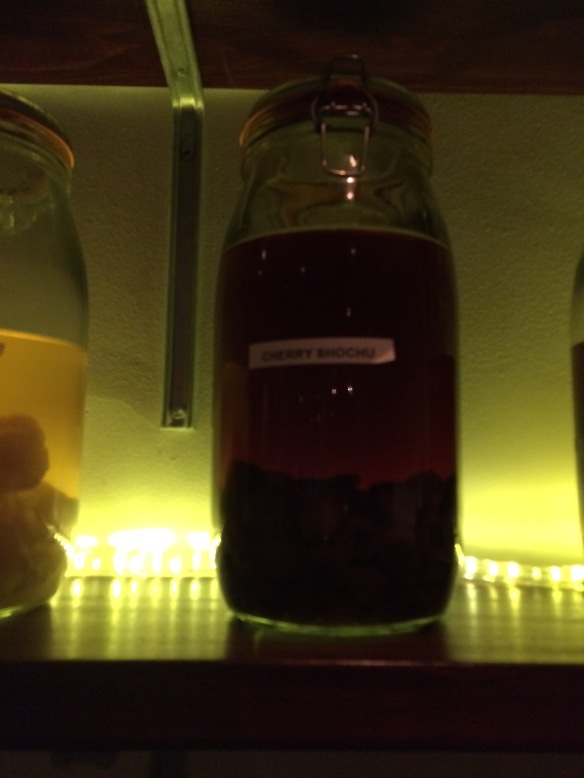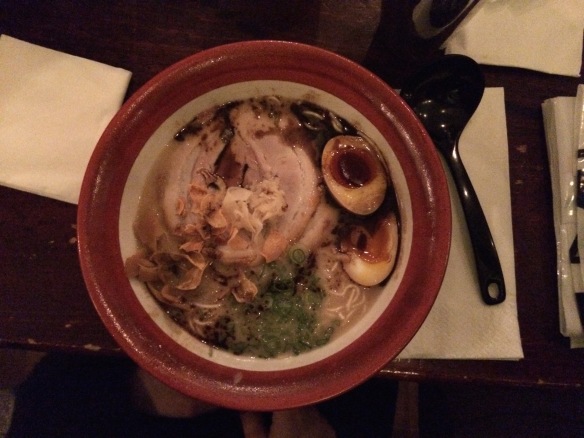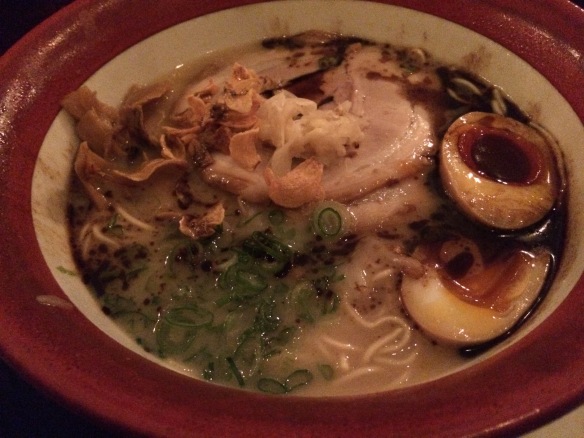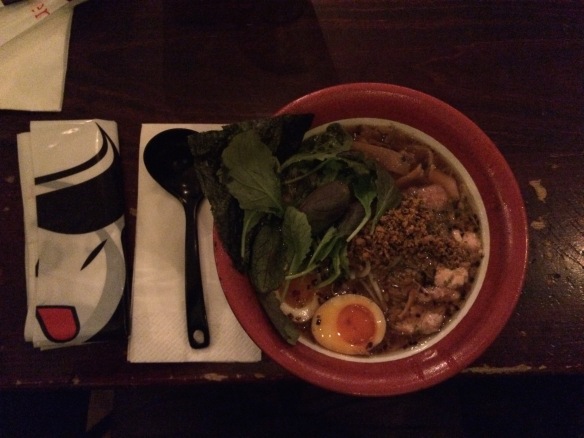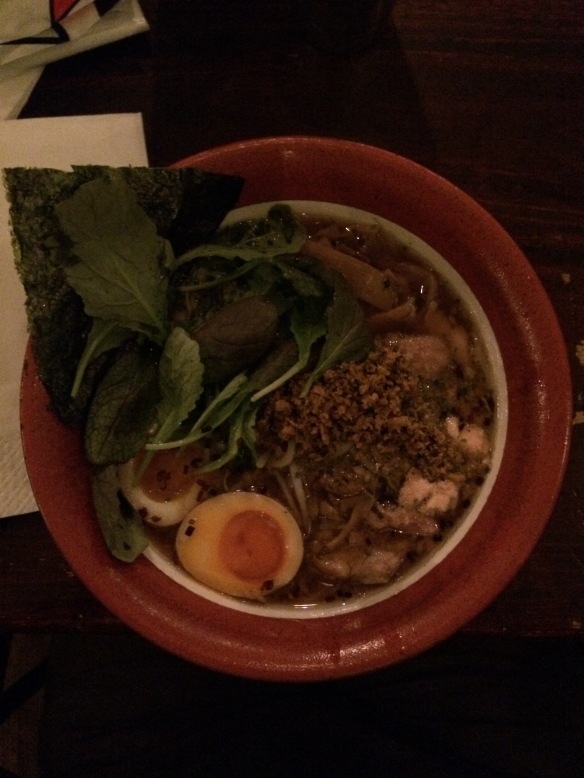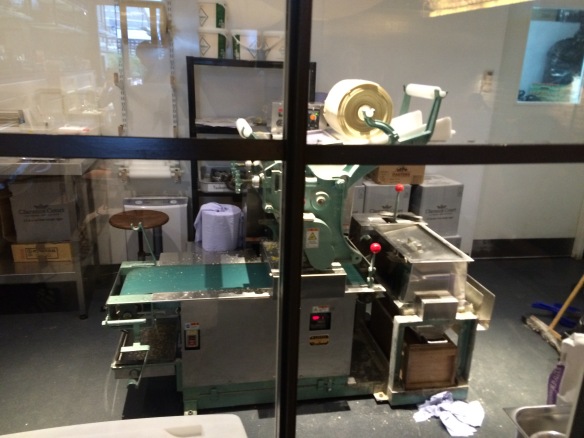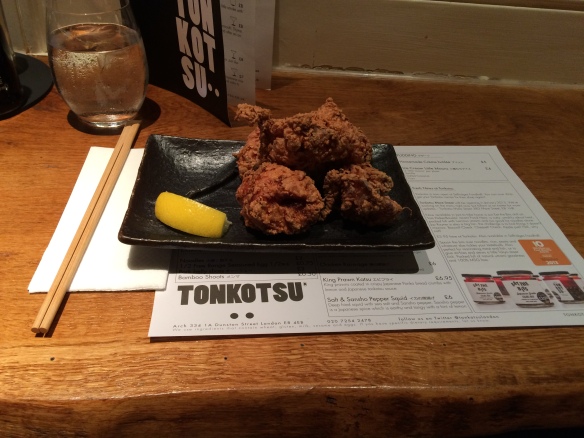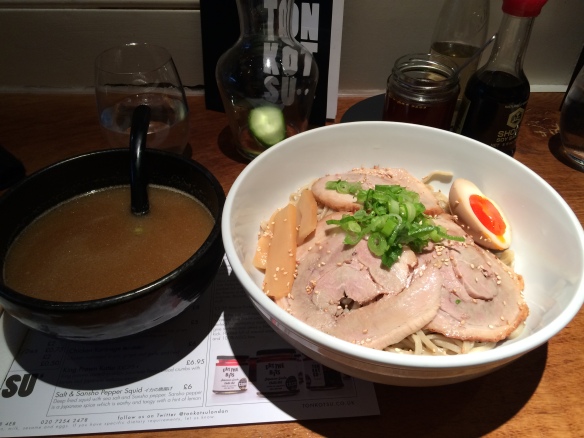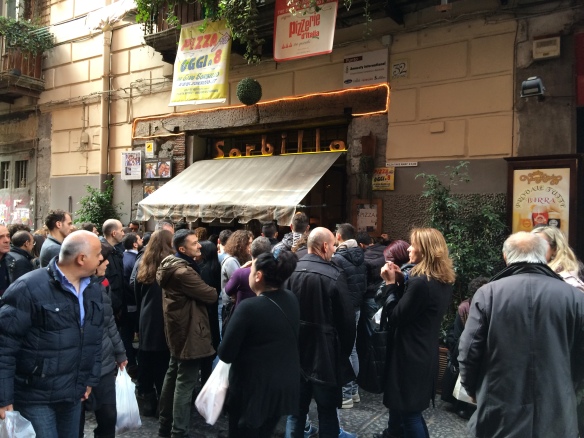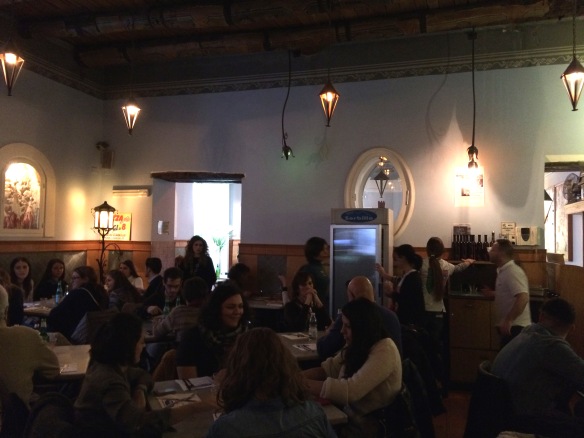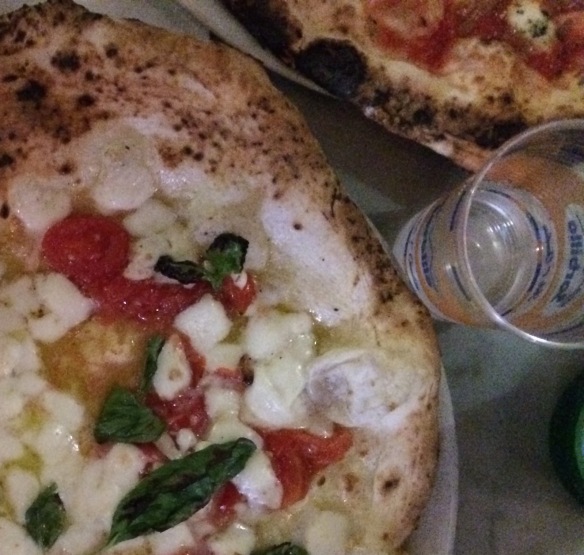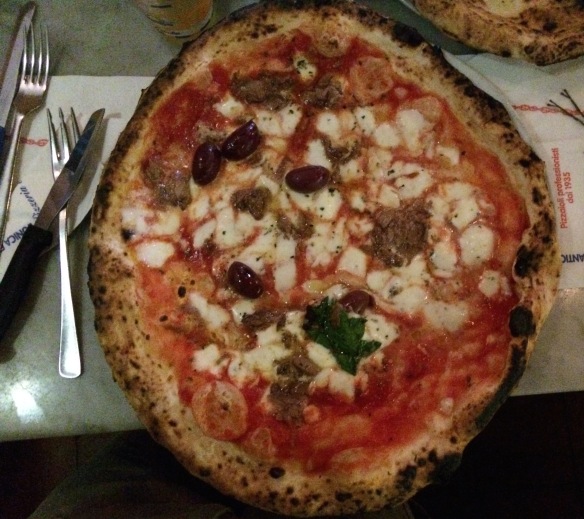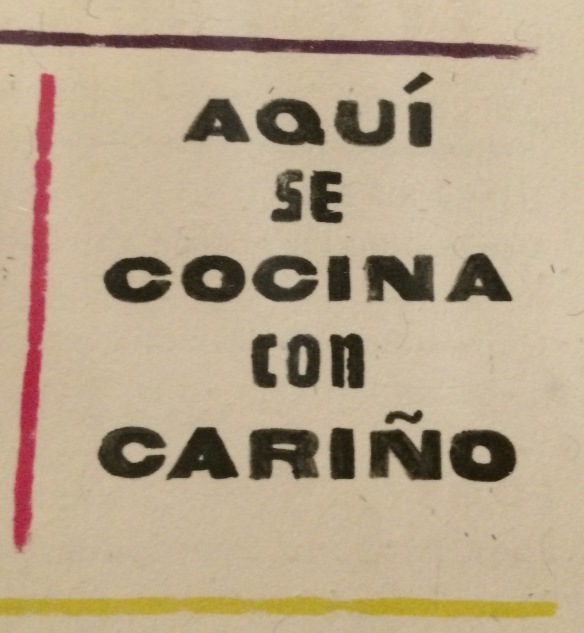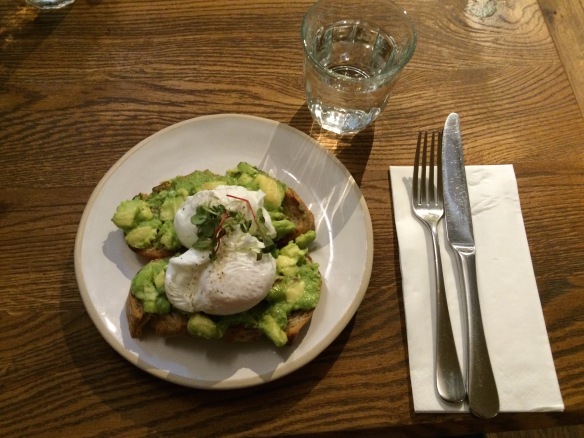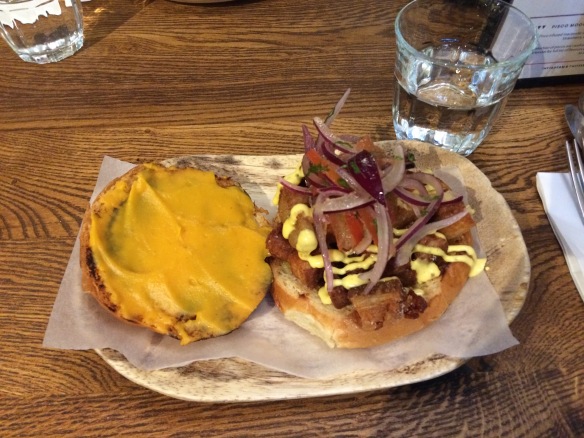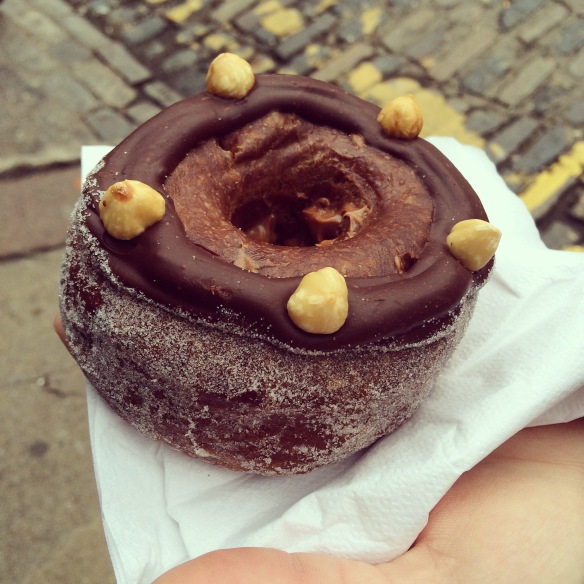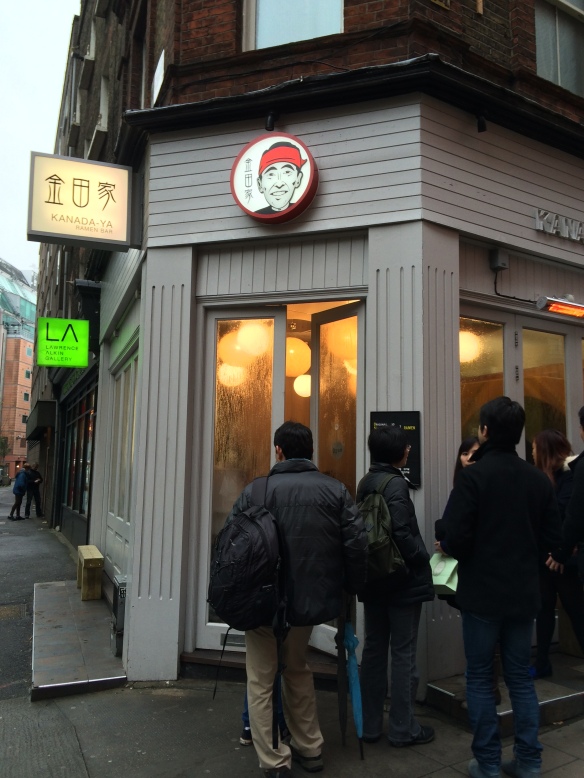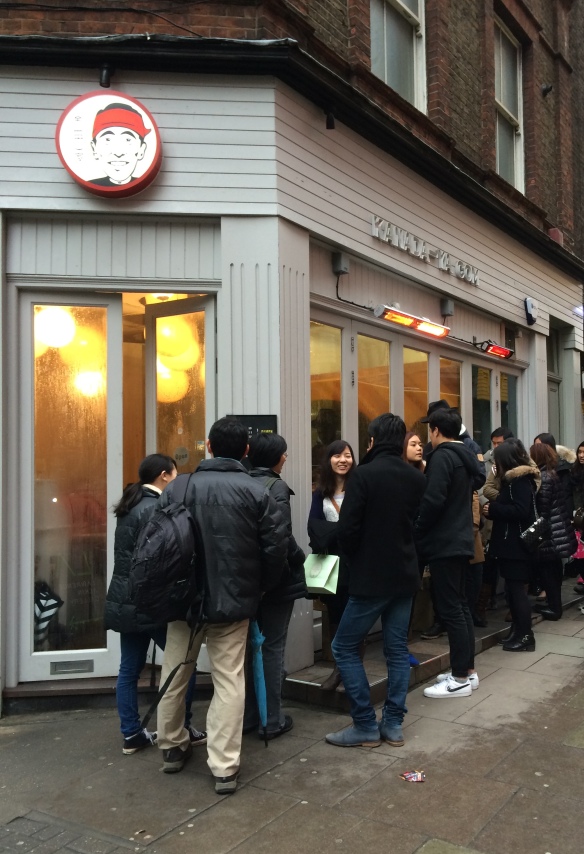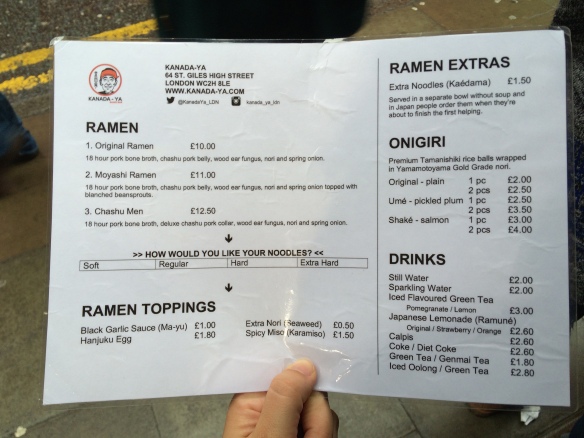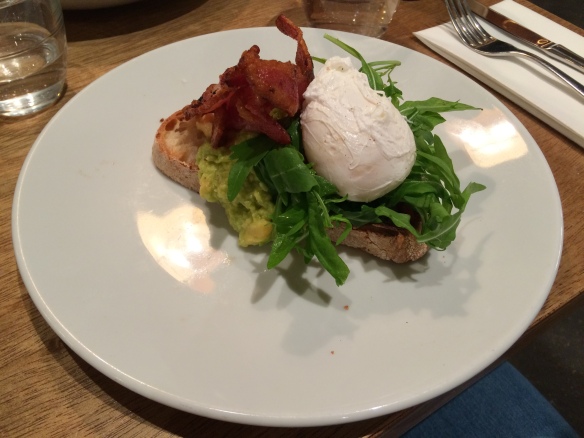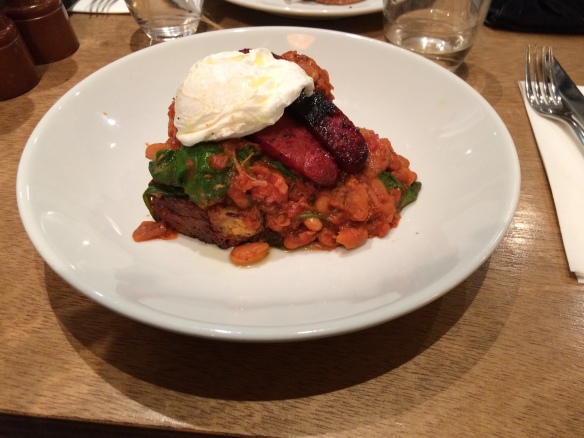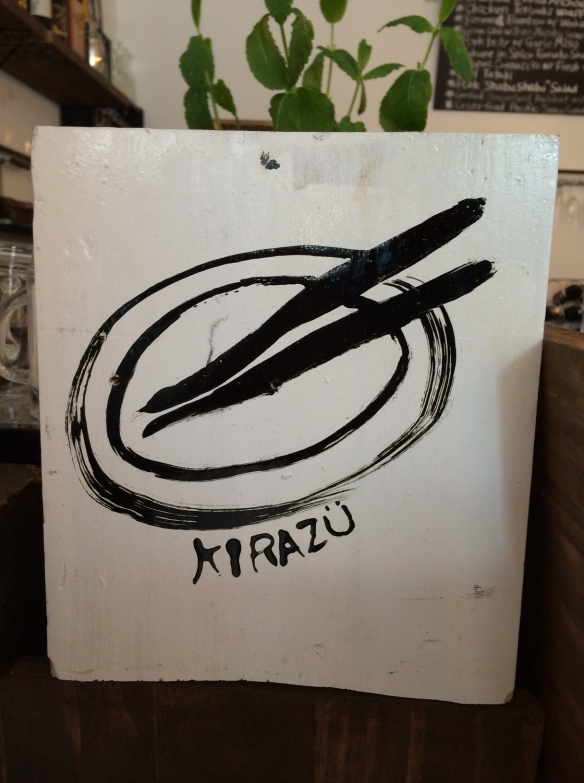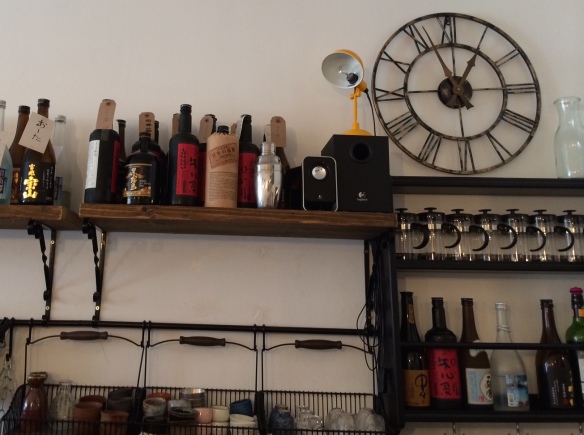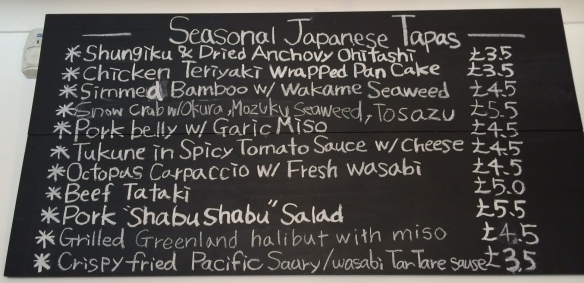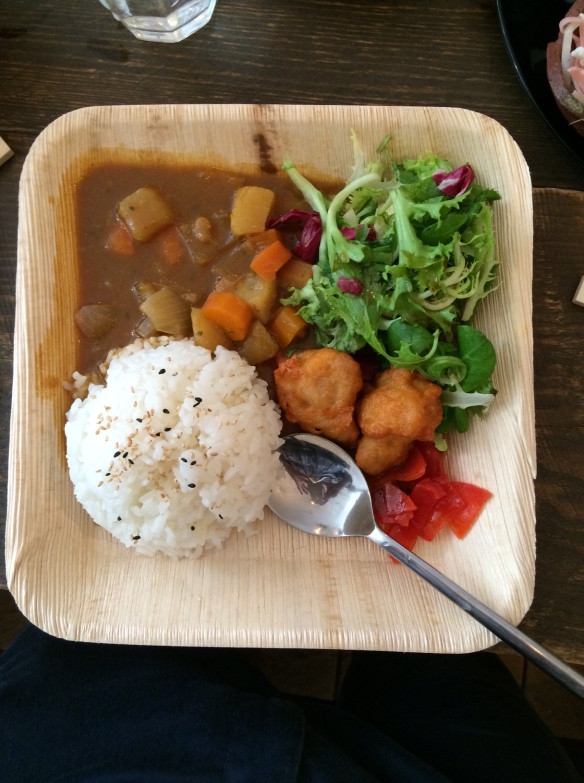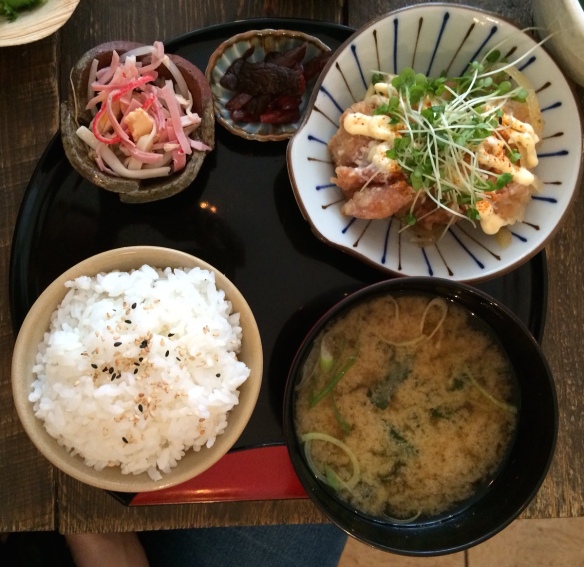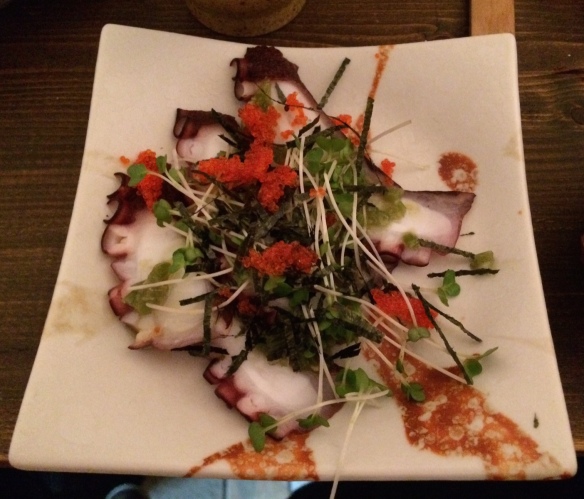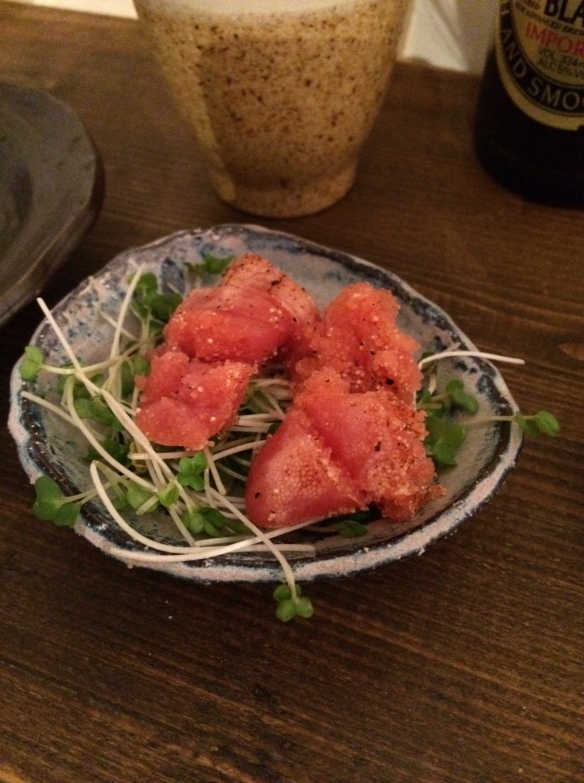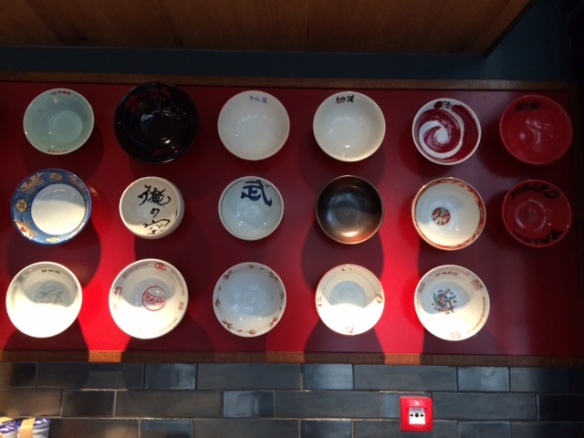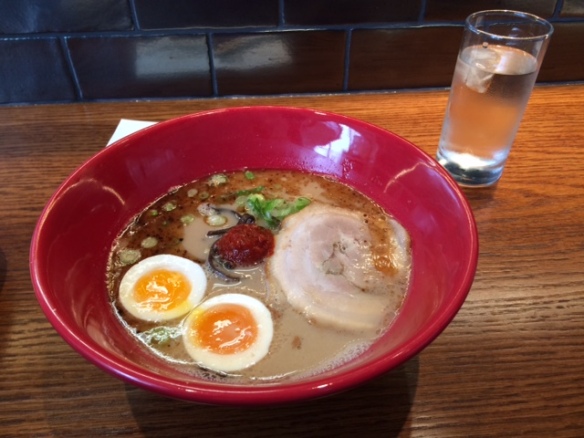It’s been a while since I thought about writing a post about the best ramen bars in London and whoever read my post in the previous months, knows how I was dedicated at finding the best place in town that could satisfy my ramen craving here in this cold part of Europe.
Aware of the fact that London is full Japanese restaurants and the ramen fashion is rapidly picking up, I decided to visit the most popular ramen bars in town. After careful consideration (as those many rejection email I’m receiving start) I decided to briefly describe my personal favourite places, ranking them for a precise feature that makes their product stand out.
For first starters: Shoryu Ramen. This is the first place where I had the chance to eat ramen in London after my sublime foodie experience in Japan. The Origin Tonkotsu has a pretty well balanced harmony of flavour between the the broth and the toppings. A nice place to start your ramen appreciation. Unfortunately I don’t have a review for Shoryu, because I went there before I started this blog. However I still remember a pleasant experience.
For broth: Ippudo. A bowl of ramen without the perfect broth would just be pointless (see instant ramen cups) Here the broth is creamy and milky as it’s supposed to be after pork bones are violently boiled for 20 hours and release their collagen. Taste is meaty, satisfying, but at the same time it’s almost sweet, “clean” I would define it, meaning it does not leave a strong greasy aftertaste in your mouth. Read my complete review here.
For noodles: Tonkotsu. These guys make their noodles on the premises thanks to their Japanese noodle machine and the use of local ingredients (let’s not forget the research for the perfect alkaline salted water) that perfectly abide by the original recipe. I love their tsukemen noodle so much for their “bite”. Unfortunately they are available only at their Tonkotsu East location. Read my complete review here.
For the marinated soft boiled egg: Kanada-ya. Ok, I know, you think I am kidding right? Simply, I’m not. Everybody who had the chance to try a real bowl of ramen (no, the instant one you had in college don’t count) know how extremely important the egg is to the whole flavour of the recipe. It has to be still runny, so the yolk mixes a bit with the soup, and white should have nicely absorbed the soy sauce overnight or more. In other words it should be a concentrate of Umami. Kanada-ya’s egg was absolute perfection, but unfortunately it comes with an additional price of £2. This is not a deterrent to hungry customers, because it seems to sell out very quickly. Read my complete review here.
For strong flavours: Bone Daddies. Considering that when on a diet, ramen in general might not be the best choice for your calorie count, Bone Daddies’ speciality requires customers who want enjoy the full flavour experience and preferably without any sense of guilt after eating. Rich (or fatty maybe?) and intense broth, contrasting aromas and different textures in just one dish. Read my complete review here.
The winner or should I say winners –
I think it depends on the occasion and the the atmosphere I’d like to give to my meal. In fact I would definitely choose Ippudo for a girls’ night out both because the place looks a bit fancier than the other ramen bars and because the broth base has an authentic flavour, but at the same time it tastes clean, not greasy at all.
However if I wanted a foodie date without frills or a highly satisfying solo lunch experience I would definitely choose Bone Daddies’ insanely rich Tonkotsu ramen.
What about you guys, have you visited any of these five places?

